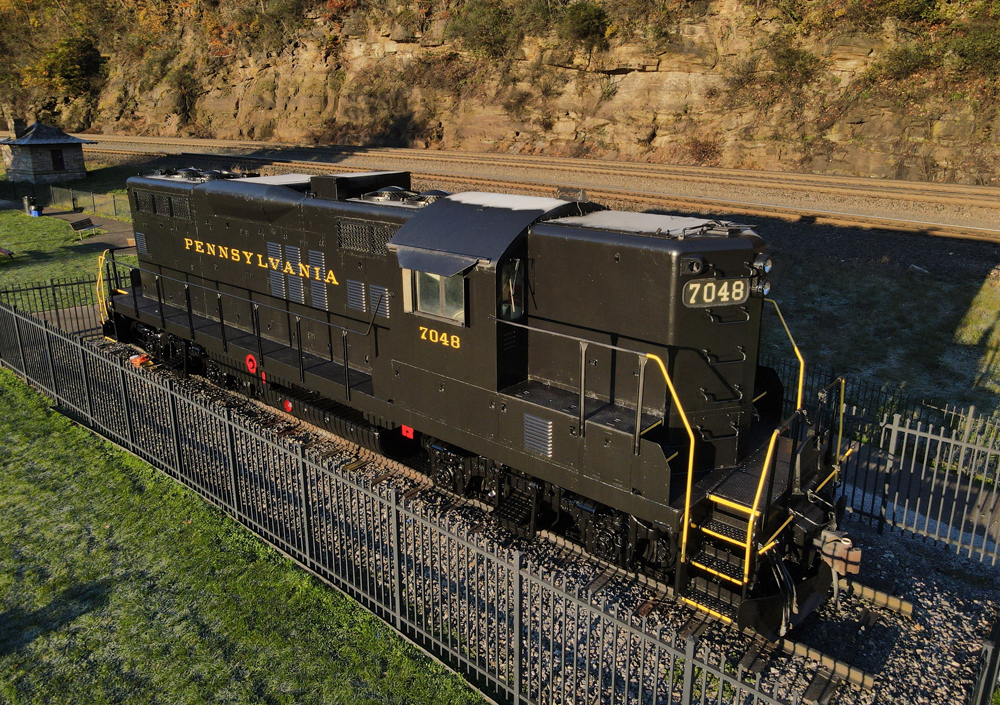
A repainting of the Pennsylvania Railroad GP9 diesel locomotive on display at Horseshoe Curve National Historic Landmark near Altoona, Pa., headlines several developments at the historic site where Norfolk Southern’s former-PRR Pittsburgh Line climbs the Allegheny Mountains.
A final detail — applying yellow safety paint to the handrails — took place this week on the project, which started earlier this fall. The carbody now wears a correct shade of PRR’s DGLE, or Dark Green Locomotive Enamel – often referred to both officially and unofficially as Brunswick Green.
The project was accomplished for less than $5,000 and with about 120 hours of volunteer labor, according to Joe DeFrancesco, executive director of the Railroaders Memorial Museum of Altoona, which administers the landmark. Opened in 1992, the site as it now stands consists of a small museum, gift shop, and trackside viewing park. Earlier, more casual versions of the park have existed since the 19th century.
Horseshoe Curve was opened to rail traffic on Feb. 15, 1854, and has attracted tourists and railfans ever since for its innovative engineering solution to conquering a rise in elevation from 800 feet above sea level at Altoona to 2,100 feet at the summit, 12 miles distant. The Curve lies in the middle of that climb.
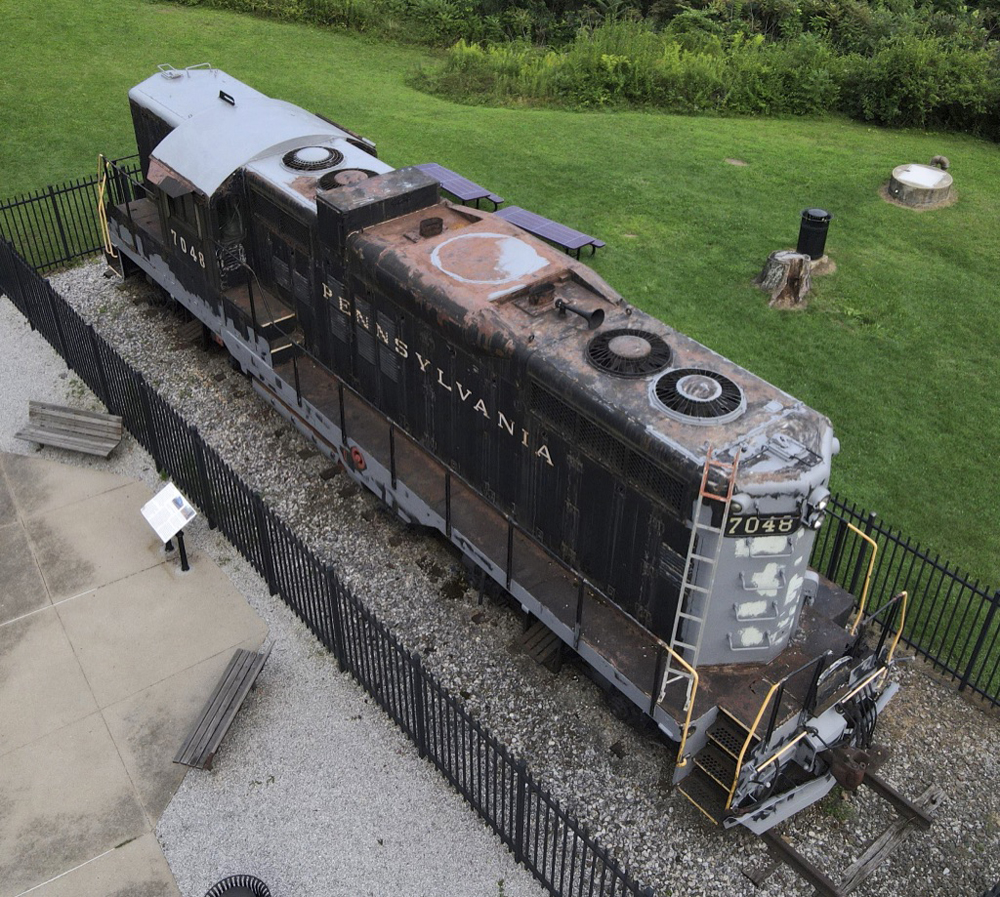
“I’m grateful to our supporters, donors, and visitors alike, who have put faith in our new administration to help make a difference,” DeFrancesco says. “With the GP9, I can’t remember when it looked this good, this accurate — that goes to the credit of our volunteers, who worked with [lettering] diagrams in our archives. We understand its importance not only for what it symbolizes, with the PRR era at Horseshoe Curve, but also for the many visitors who come to get pictures with their families in front of it.”
Work included the preparation of surfaces with hand tools and the welding of patches on the running boards. Volunteers and staff who helped with the project, DeFrancesco said, were Andrew Brumbaugh, Andy Charlesworth, Mark Frederick, Miranda Harkins, Joe Marks, Mike Reindl, and Collin Reinhart.
Delivered in December 1955 as PRR No. 7048, the unit was among the railroad’s order for the first 50 (PRR Nos. 7000-7049) of an eventual fleet of 310 GP9 units, of which 270 were conventional units and 40 were cabless “B” units. PRR’s acquisition of these nine orders of GP9s from 1955 through 1959 allowed it to finally retire the last of its once-huge steam-locomotive fleet.
EMD’s GP9 model designation meant little to PRR officialdom, which developed its own classification system for diesels, as it had done when it designed and built thousands of steam and electric locomotives. On PRR, a GP9 was an EFS-17m, whose letters represented E for Electro-Motive as builder, FS (Freight-Shifter, or road switcher) for duty, 17 for the unit’s 1,750-horsepower rating, and m for multiple-unit control.
No. 7048 passed through Penn Central (1968) and Conrail (1976) ownership with the same road number. When it was rebuilt as a Conrail unit, the carbody was altered slightly, but it retained its high short hood. Most rebuilt units on Conrail and elsewhere got a chopped-down short nose to enhance the engine crew’s range of vision.
The unit was placed at Horseshoe Curve on Sept. 16, 1985, when the K4s-class 4-6-2 locomotive (PRR Juniata Shops, 1918), No. 1361, displayed there since 1957 as a monument to the age of steam, was removed to permit its restoration to operating condition. Under the museum’s reconstituted board and staff, the engine is being rebuilt for operation again. (See “PRR K4s engine No. 1361 to be restored in $2.6 million campaign,” Trains News Wire, June 25, 2021).
Winter hours, funicular repairs
In other developments at the Curve and at the museum:
— For the first time since the visitor center opened in 1992, the museum has announced that, in response to public demand, Horseshoe Curve National Historic Landmark will be open on a limited basis during winter. Previously, the site was closed annually from January through March. According to DeFrancesco, the site will remain open from now to the end of 2021 on its normal Wednesday-to-Sunday, 10 a.m. to 5 p.m. schedule (closed holidays, including Thanksgiving, Christmas Day, New Year’s Eve, and New Year’s Day). The site will then close until Jan. 14, when it will reopen Fridays through Sundays from 10 a.m. to 5 p.m. The museum also will be open on winter hours until April, when both sites will resume a normal operating schedule. Unpredictable winter weather on the mountain means that the Curve site may be closed on short notice. In that case, the information will be posted on the museum’s web site.
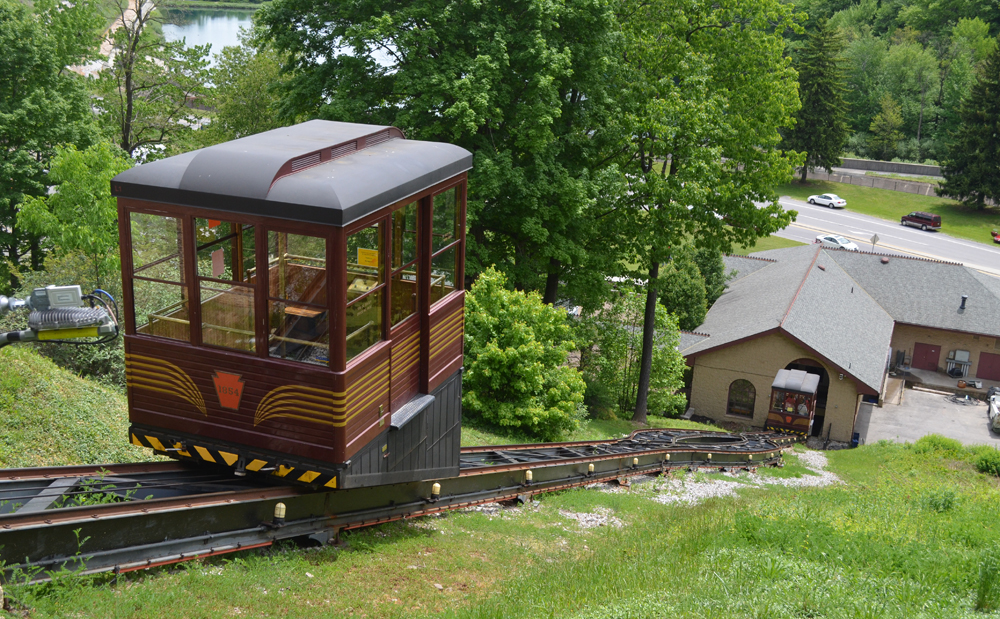
— The funicular passenger railway, which has been out of service for many months, will reopen soon, following completion of a $50,000 project to repair it and upgrade its electronic components. The railway consists of two 12-passenger cars that carry riders from street level to trackside, offering an alternative to a walking journey of more than 120 stairway steps. DeFrancesco said the museum is awaiting final inspection and paperwork from the state Department of Labor and Industry, which licenses elevators and similar conveyances in Pennsylvania. The project was funded by a grant from the North American Railway Foundation. Work was carried out by Leitner-POMA of America Inc. of Colorado, successor to the gondola-and-chairlift firm that built it.






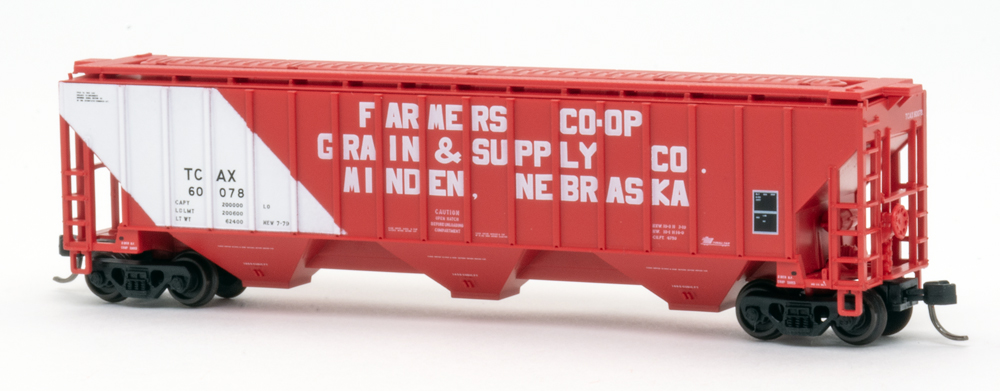
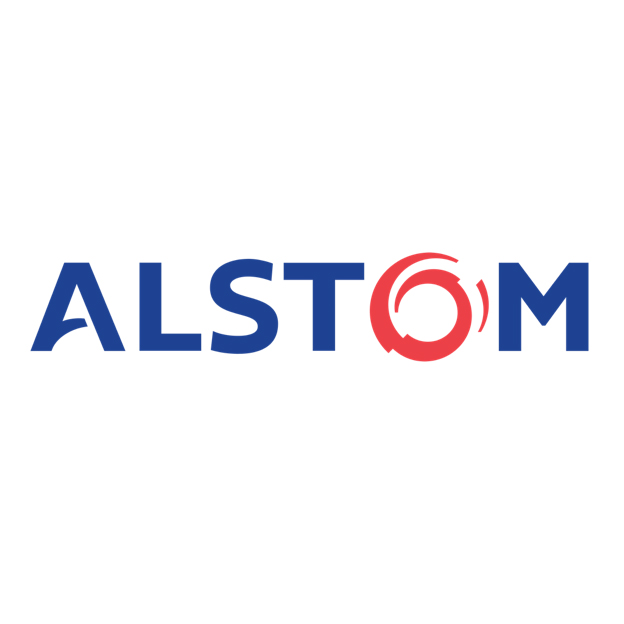
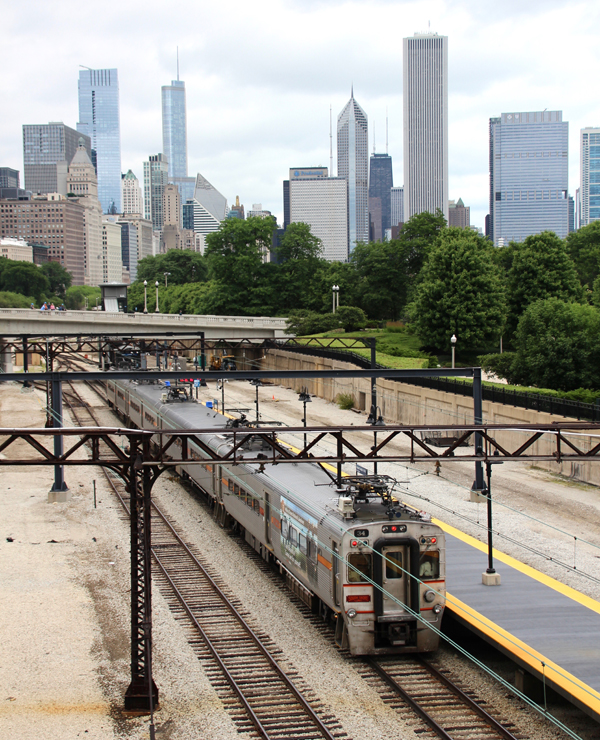
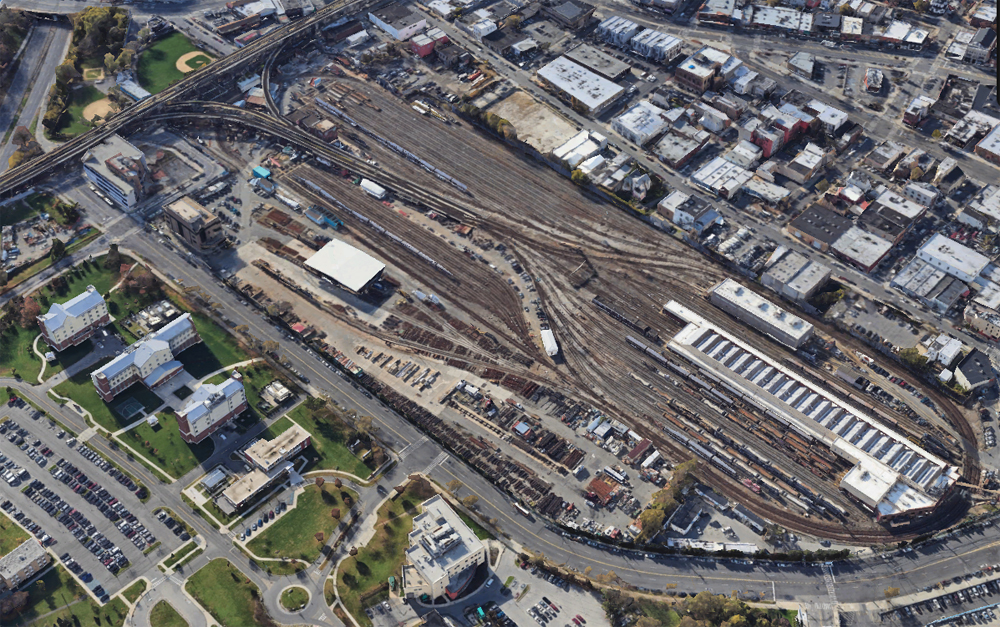




I’ve visited the Curve twice, ridden the funicular, and visited the Railroaders Memorial Museum once.
Too bad the RMM discontinued the webcams of the Curve and downtown Altoona on their website (too costly to maintain I guess). Fun to watch IMO. You could watch a train come through the AMTK station and watch that train again a few minutes later as it ground around the Curve.
Glad to see that the Engine got a cosmetic restoration as it was starting to not look so great. The Engine does look nice and special thanks to all involved. The picture almost makes it look like a Model Train.
Saw these on the Michigan Central thru Ann Arbor after the Penn Central Merger. Classy.
Thanks to all who care and operate this facility. I enjoyed my visit and appreciate all you have done to celebrate the Horseshoe Curve.
Thank you to all those involved in repainting Pennsylvania 7048. Now it looks like the Pennsy GP9s of my youth fresh from EMD at LaGrange. Of course, the PRR probably never washed a freight locomotive.
Beautiful restoration, on my bucket list to get back up there. I always enjoyed my limited times at Horseshoe Curve, a real engineering marvel and a great place to spend time.